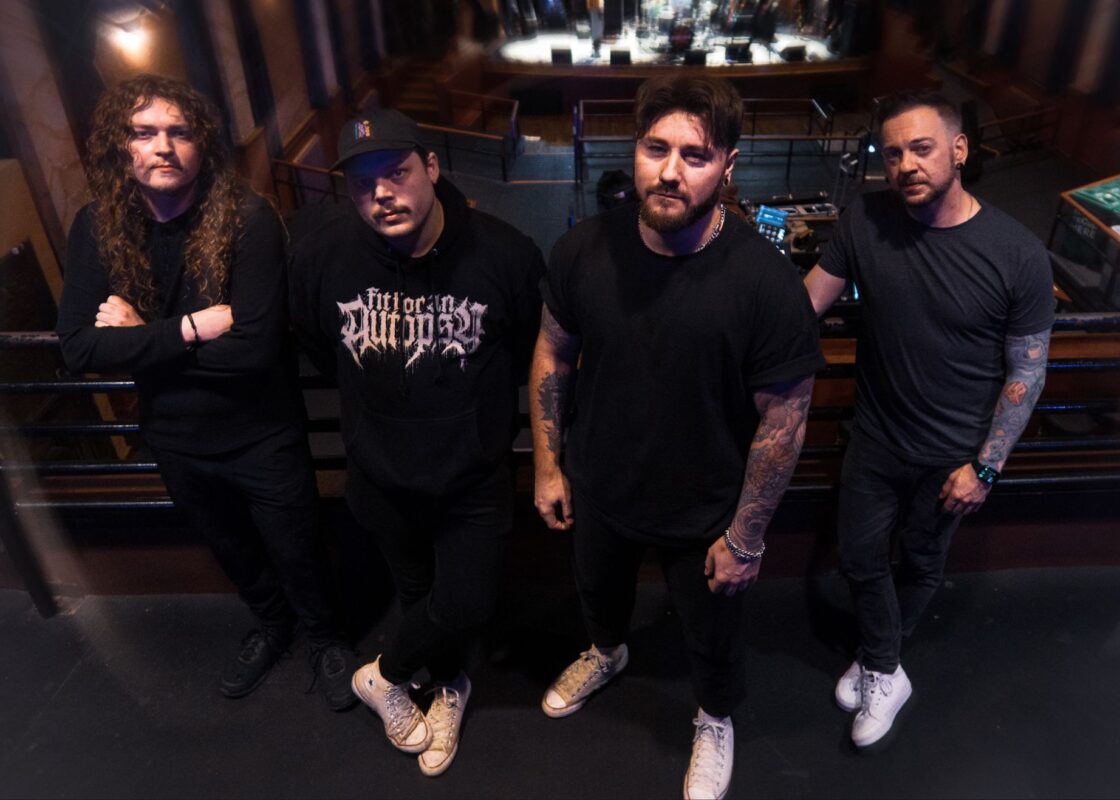We have seen in this series of articles that the Evangelical Church of today has fixated on sentimental, experiential, overly-romanticized worship songs, to the detriment of doctrinal and objective worship music. We have examined the historical and theological developments that has led to this imbalance in modern worship, tracing the rise of experiential emotionalism as the evidence of conversion, all tied to an escapist anti-Incarnational view which sees the spiritual and physical aspects of the world as being opposed to one another.
We then spent some time considering the Implications of the central Biblical truths of the doctrines of the Holy Trinity and the Incarnation of Christ for our view and exercise of worship, Implications which emphasized the facts that our worship should be both physical as well as spiritual, embodying continuity as well as change, and recognizing that both past and future should equally dictate the parameters of the shape of how and why God wishes to be worshipped.
We turn now to begin a consideration of what we can learn about healing the current imbalance in our worship practice from the implications of Scripture’s Revealed glimpses into Heavenly Worship and the interior logic of what the Bible presents as descriptions of our worship together.
The Bible tells us that we worship spiritually in the Presence of Christ with all the saints beyond the end of our time, yet still in our time, on the earth, yet also, simultaneously, in heaven. We see that Hebrews 12:22-24 tells us :
But you have come to Mount Zion and to the city of the living God, the heavenly Jerusalem, and to innumerable angels in festal gathering, to the general assembly and church of the firstborn who are registered in heaven, to God the Judge of all, to the spirits of just men made perfect, to Jesus the Mediator of the new covenant, and to the blood of sprinkling that speaks better things than that of Abel.
This was written to a church community to be read to them during the sermon-time of the worship service, and it described their position together during worship. The Spirit tells them that they are in the Presence of God and Christ, and of hosts of angels decked out for joyous celebration, as well as “the general assembly and church of the firstborn” and “the spirits of just men made perfect.” This gives us a clue as to what beyond the natural is going on here.
The spirits of “just men made perfect” can only mean those who have already died, e.g., dead people. Furthermore, the “general assembly and Church of the Firstborn who are registered in Heaven” refers not only to those Christians who were alive at the time of their worship, but to all those whose names are written in the Book of Life (Rev. 3:5; 20:12-15; Phil. 4:3), to all those who will ever be members of the Church across time and space. As the Early Church (and the Church for centuries after) understood, this passage teaches that a congregation of the Church, though worshipping in a particular time and place, nevertheless, by the Power of the Spirit of God, simultaneously is drawn into the Throne-room of God Which both transcends and interpenetrates all time and history, and worships spiritually with all the Church across time and space at the accomplished end of time.
This frequently sounds hincky to modern theologically-challenged Christians, but I would point out that Eph. 2: 4-6 tells us:
But God, being rich in mercy, because of the great love with which he loved us, even when we were dead in trespasses, made us alive together with Christ (by grace you have been saved), and raised us up together, and made us sit together in the heavenly places in Christ Jesus…
This means that, even at present, Christians are already spiritually present in Christ, Who is seated at the Right Hand of the Father in Heaven (referred to as well in Col. 2:10-13). We are seated in Him, both present in our bodies on earth and spiritually in Christ in Heaven.
We have access to God through Christ into the Throne-room of Heaven, as Hebrews 10:19-20 tells us:
Therefore, brothers, since we have confidence to enter the holy places by the blood of Jesus, by a new and living way which He consecrated for us, through the veil, that is, His flesh…
Through Jesus’ Ascended Humanity, we come before the Throne of Grace (Heb. 4:16) to worship with our brothers and sisters across space and time.
This is why, when we gather to worship, the Holy Spirit fuses Heaven and Earth, so that, as Jesus told us in Matt. 18:20, He is with us in our corporate worship (in the context of public worship for Church discipline, no less, cf. v. 18-19):
For where two or three are gathered in my name, there am I among them.
The Church worships both on earth and in Heaven simultaneously (and Scripture gives us pictures of the worship in the Heavenly Throne-room in Isaiah 6; Ezekiel 1 and 10; and the entire Book of Revelation, especially chapters 4-5, which we’ll look at directly). These truths have massive implications for how we are to understand and embody our worship together. Let’s keep these things in mind as we consider those implications in future articles.















